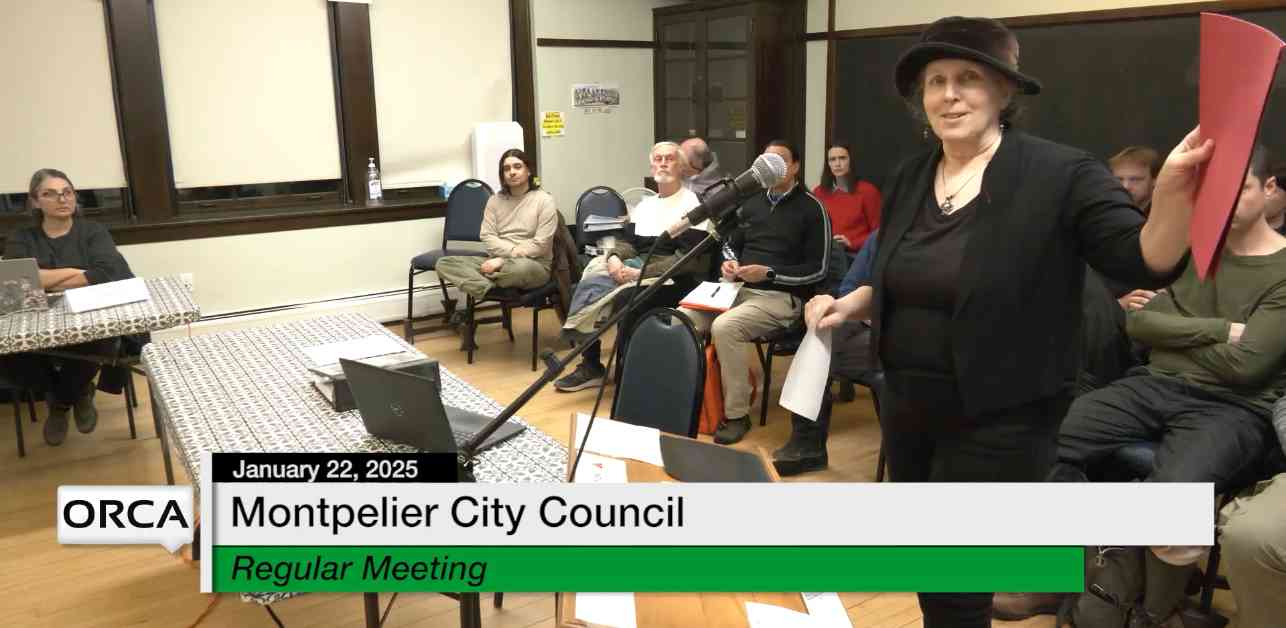Montpelier Approves 1% Local Options Tax for Ballot
In a unanimous decision during a city council meeting on January 22, the motion to place the unchanged city operating budget on the ballot sailed through. Along with this, the council approved a new 1% local option sales tax, a bond request for a $2.2 million ladder fire truck, and over $400,000 to fund the Kellogg-Hubbard Library. This decision comes just ahead of the annual city meeting in March, where residents will have the opportunity to weigh in on these proposals.
Funding Changes and Council Split Vote
One of the significant changes approved by the city council was the alteration in the funding for Montpelier Alive. Previously, the organization received $39,100 from the Downtown Improvement District Tax rate. However, with the approval of the new local option tax, the funding is anticipated to increase to $50,000, pending voter approval. In the event that voters do not pass the tax, the council has pledged to fund Montpelier Alive with the original $39,100 from an alternative source. This decision was met with a split 4-2 vote, with councilors Pelin Kohn and Cary Brown voting against it, citing concerns about other essential services going unfunded.
Public Opinion and Expert Insight
During the meeting, there was a range of public opinions expressed regarding the proposed local option tax. While some council members initially expressed reservations about adding another tax, they ultimately agreed to let voters decide on the matter. Peter Kelman, a member of the public, urged the council to include the tax on the ballot, emphasizing that it should be a decision left to the voters. Meanwhile, Montpelier Alive Executive Director Katie Trautz highlighted the challenges faced by downtown businesses and advocated for a more stable funding source for the organization.
As the city moves forward with these budget proposals, residents will have the opportunity to voice their opinions through their votes on Town Meeting Day, which falls on Tuesday, March 4. The outcome of these decisions will not only shape the city’s financial landscape but also reflect the values and priorities of its residents.



















